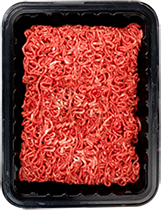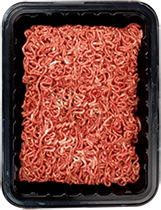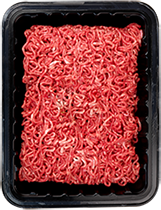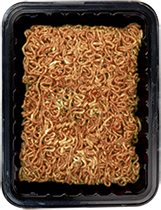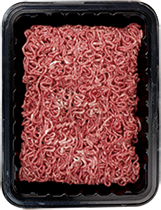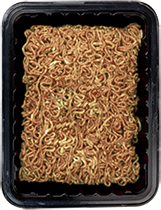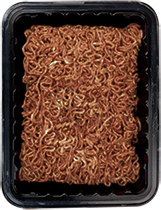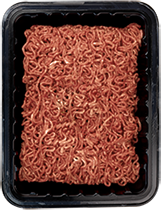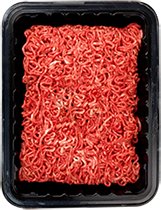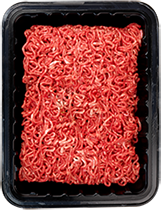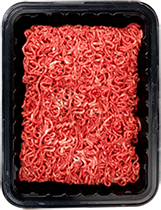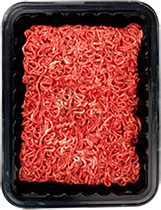A study on the role of color in food states that "food color affects the consumer's ability to correctly identify flavor, to form distinct flavor profiles and preferences, and dominates other flavor information sources, including labeling and taste."1 Color and freshness are virtually inseparable for meat and poultry consumers in particular, who rely heavily on color and appearance to indicate freshness and taste when purchasing.
The majority of consumers base their meat and poultry buying decisions on a fresh appearance,2 and equate appealing color with quality and freshness. Since color is the consumer's most important cue, meat and poultry manufacturers have a challenge when it comes to maintaining a fresh appearance.
At Kemin, we offer a wide range of solutions that help preserve color and flavor of meat and poultry products. See how in our interactive color tool below.


